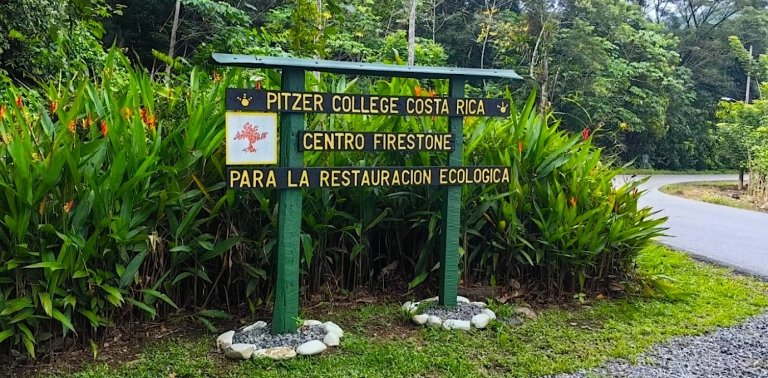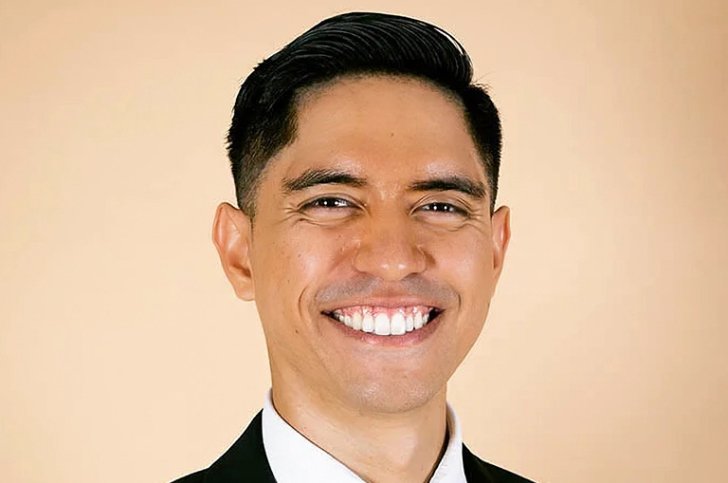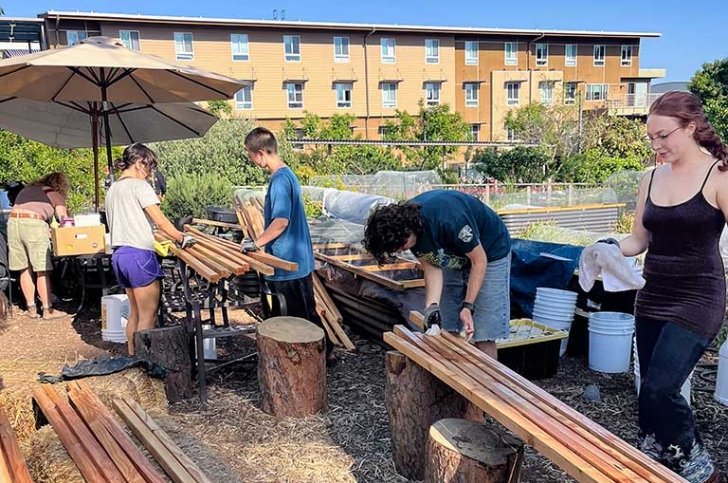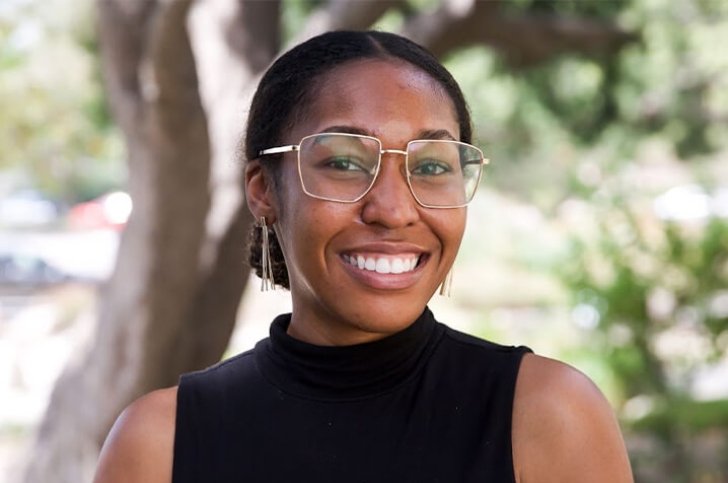Twenty Years in Costa Rica
This year marks a milestone for the Firestone Center, which puts students at the forefront of restoring the Costa Rican forests and the habitats of the animals who call them home
(The following is adapted from a tribute written by Cheryl Baduini Zaricki, a biology professor who has been a part of the Costa Rica study abroad program since its earliest years:)
It was during the fall semester of 2004 when Don McFarlane, a senior biologist in the Department of Natural Sciences, received a call from Alan Jones, then dean of faculty at Pitzer College. Jones informed him about the potential interest of a donation of some property in Costa Rica to the College by international ecologist Diane Firestone. McFarlane had a long history of field study trips to Costa Rica with students and joined with Carol Brandt, the College’s then vice president of international programs, to go to Baru, Costa Rica, and tour the farm with Firestone. That trip would lead to the establishment of an important educational field station that marks its twentieth anniversary this year.
What Brandt and McFarlane found was a 150-acre (61 hectare) farm that Firestone had spent 10 years actively restoring from mostly cleared pastureland for cattle farming to restored forest. She planted more than 43 acres of mixed species of native hardwoods and semi-hardwoods, with the idea of helping restore the property back to a more “natural” state. She also planted 14 acres of 4 species of bamboo with the idea that they could be used for sustainable building material. The property was adjacent to the 850-acre (330 hectares) private Hacienda Baru National Wildlife Refuge.
Brandt and McFarlane realized that this property—which Firestone called La Isla del Cielo, “Island in the Sky”—had great potential, not only for biological research and restoration, but also as a site for education and cultural exchange in a study abroad program.
Firestone had been looking for an institution that would continue, as stewards of the land, to restore it back to its natural state as part of the MesoAmerican Biological Corridor, a corridor running north and south mostly through Central America that acts as a natural land bridge for animals moving between North and South America. It was a big win for the College because it would become the location for a new study abroad program in Costa Rica where, over the years, many students have gained critical research experience that has inspired them to pursue more scientific and cultural field research.
In March 2005 the property was officially transferred through the benevolent donation of Firestone, and the Center welcomed our first summer research students in May 2005. The first study abroad semester welcomed students into the program in the fall of 2005. Isabel Arguello Chaves, who was an administrator in the Pitzer Costa Rica summer health program, was recruited to direct the Center. Brandt secured funds to convert the old barn on the farm into an ecology center classroom and lab. Along with the program house and the farm manager’s home, four faculty were recruited from Pitzer to teach courses at the newly opened Firestone Center.

Growth and Development
During its 20 years of operation, the Center has had 185 students participate in the semester abroad program. In addition, the program has welcomed some 100 summer research students, who have conducted biological and restoration research during its 19 summers of service. The Center also has hosted a dozen scholars and researchers who have used the field station, and there have been approximately 10 research publications that have come out of the research conducted there.
By 2015, after ten years of programming, it became clear that the program had outgrown the current facilities and that new infrastructure was needed in the form of a dormitory to house visiting students and faculty. With the support of benefactors Lisa Bourgeault (who had a life-changing experience in the Pitzer in Costa Rica Summer Health program years earlier) and Diane Firestone, who also provided additional funds, the new Anne Stromberg dormitory at the Center was completed. It has the capacity to house up to 16 students and faculty with 4 large dorm rooms and a kitchen and full bath facility.
The Center has grown into an international research station as well as a local organization that participates in its surrounding community. There is a permanent staff of 5 currently on site-a Program Director, a scientific research and program assistant, as well as a farm manager and coordinator and chef.
Serving Its Neighbors
The Center’s positive impact on helping restore native habitat for wildlife in the Corridor has been visible thanks to cameras, which frequently record that Puma, Ocelot, and spider monkeys have been come to the property. Pacas, a species that is restricted to forest, are also on the property now along with tamanduas, tayras, and white-tail deer, species that can move through open areas but depend on having a forest nearby.
The College has also made significant efforts to participate in the local community by supporting efforts at Hacienda Baru, Villas Alturas Wildlife Sanctuary, the Baru Elementary School, Platanillo High School, Matapalo Technical High School, and the Tourist Police. Over the years, the Center has focused on establishing an international program that helps strengthen Pitzer’s commitment to intercultural understanding, community engagement, and social responsibility.
We have come a long way in these last 20 years, growing into an international research station as well as a local organization that participates in our community. As for me, I have been teaching Marine Ecology in the Semester program since its inception and I have very much enjoyed watching our program and field station grow. It is very near and dear to my heart and I am thankful to Don McFarlane for encouraging me to participate in the program all those years ago.
News Information
Published
Organization
- Study Abroad and International Programs
- Department of Natural Sciences


